How It's Made
Managing the Unmanageable
What it takes to be a Technical Program Manager
By: Orit Shamir

Orit is Instacart’s Senior Manager of Technical Program Management. She’s spent her career driving the design, integration, and launch of hardware programs at Apple. Before that, she spent 10+ years at MIT completing as many degrees in EECS as they would let her!
Imagine multiple speakers in a circle playing your favorite song, and you standing between them.
For the best listening experience, you need to get many details right and to a high degree of accuracy! If you don’t stand exactly at the center of the speakers, ensuring no delay in the song start between them, and with precisely the same volume, your listening experience will be bad; so bad you may not even recognize the song. But if you do get it right, you will hear a beautiful true surround-sound, amplifying and giving new color to the music.
Excellence requires deep planning, coordination, and alignment. There is no better way to paint a picture of the value of Technical Program Management, and if you have never worked with a Technical Program Manager, you are missing out.
TPMs are a technical swiss army knife. In each TPM’s toolkit, you’ll find a mix of EQ, wisdom, comfort with ambiguity, and (of course) leadership!
It’s hard to overemphasize the role EQ and empathy play in leading a program successfully. Challenging an engineer, product manager, designer, or even legal counsel’s outlook when scoping out and managing a major effort is par for the course. To set expectations and align the cross-functional group, you need to challenge positions in a way that proactively offers up solutions, and directly but skillfully addresses the concerns raised. TPMs must master self-awareness, social awareness, self-management, and relationship management to drive their programs, and push team performance forward!
Ed Catmull said, “Craft is what we are expected to know; art is the unexpected use of our craft.” For TPMs this is especially true — the strongest program managers are adaptable and know how to apply their skills. They use experiences gained from technical or organizational roles in academia and tech to lead a multitude of complex challenges. At Instacart, we use these skills as we navigate the roll-out plan of an expansion project one day (like Instacart’s Rx delivery pilot!), and guide the development of critical internal platforms on the next.
Complex and ambiguous questions are always the most rewarding and engaging to answer! Great TPMs strive to bring order to the chaos by meeting hard challenges head-on, even if the path isn’t obvious. In growth, every stage brings both opportunity and lots of unknowns — how should our infrastructure and systems evolve? What is the best way to future-proof our processes? We manage these open-ended questions and build a narrative and plan around their impact, solution, and implementation.
TPM is a highly independent, strategic function. Just as an engineering manager is the stakeholder for their team, and the product manager is the stakeholder for the feature, TPMs are the stakeholder and voice which advocates for the program — whether it be a new product feature, an infra lift-and-shift, or even a compliance initiative. It is up to the TPM to think big and get down into details — to architect the program and define its path from initiation to completion, and to get the stakeholders on board. It’s a tall order and it requires someone who isn’t afraid to blaze their own trail!
With my engineering background in EE/Photonics, the move to software has been like drinking from the fire hose in the very best sense. Instacart’s four-sided marketplace — encompassing consumers, shoppers, retailers, and brands — and the products that come with it, present an especially dynamic space for Technical Program Management. There are a ton of opportunities ahead for the business, and I can’t envision a more exciting time to build out and strengthen the TPM function within this engineering organization.
If you couldn’t tell, our TPM team is hiring! Check out our current openings.
Most Recent in How It's Made
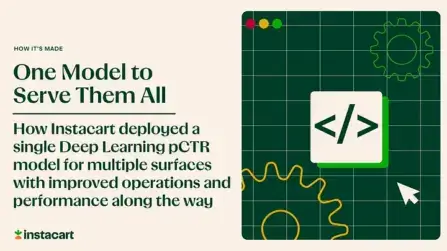
How It's Made
One Model to Serve Them All: How Instacart deployed a single Deep Learning pCTR model for multiple surfaces with improved operations and performance along the way
Authors: Cheng Jia, Peng Qi, Joseph Haraldson, Adway Dhillon, Qiao Jiang, Sharath Rao Introduction Instacart Ads and Ranking Models At Instacart Ads, our focus lies in delivering the utmost relevance in advertisements to our customers, facilitating novel product discovery and enhancing…
Dec 19, 2023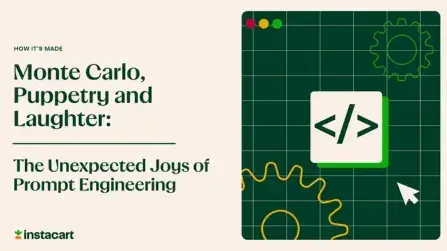
How It's Made
Monte Carlo, Puppetry and Laughter: The Unexpected Joys of Prompt Engineering
Author: Ben Bader The universe of the current Large Language Models (LLMs) engineering is electrifying, to say the least. The industry has been on fire with change since the launch of ChatGPT in November of…
Dec 19, 2023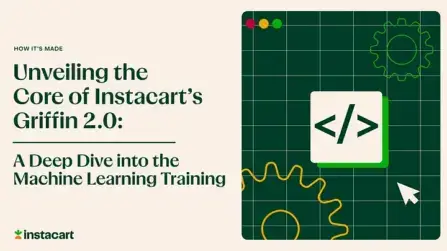
How It's Made
Unveiling the Core of Instacart’s Griffin 2.0: A Deep Dive into the Machine Learning Training Platform
Authors: Han Li, Sahil Khanna, Jocelyn De La Rosa, Moping Dou, Sharad Gupta, Chenyang Yu and Rajpal Paryani Background About a year ago, we introduced the first version of Griffin, Instacart’s first ML Platform, detailing its development and support for end-to-end ML in…
Nov 22, 2023

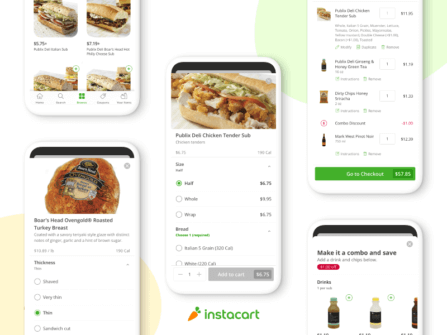 Building Instacart Meals
Building Instacart Meals 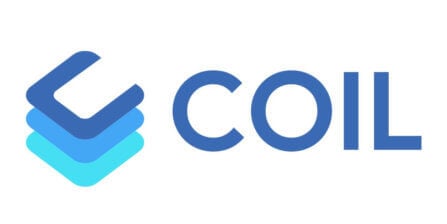 Introducing Coil: Kotlin-first Image Loading on Android
Introducing Coil: Kotlin-first Image Loading on Android  7 steps to get started with large-scale labeling
7 steps to get started with large-scale labeling 
